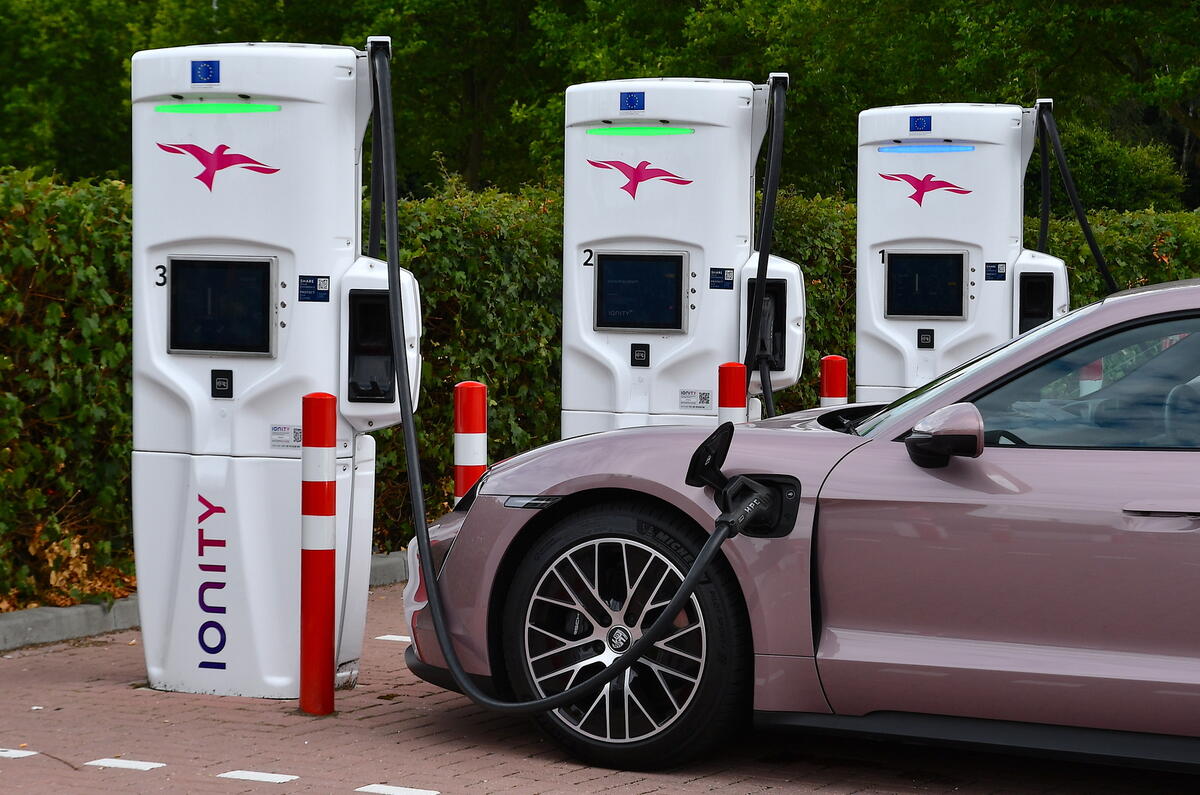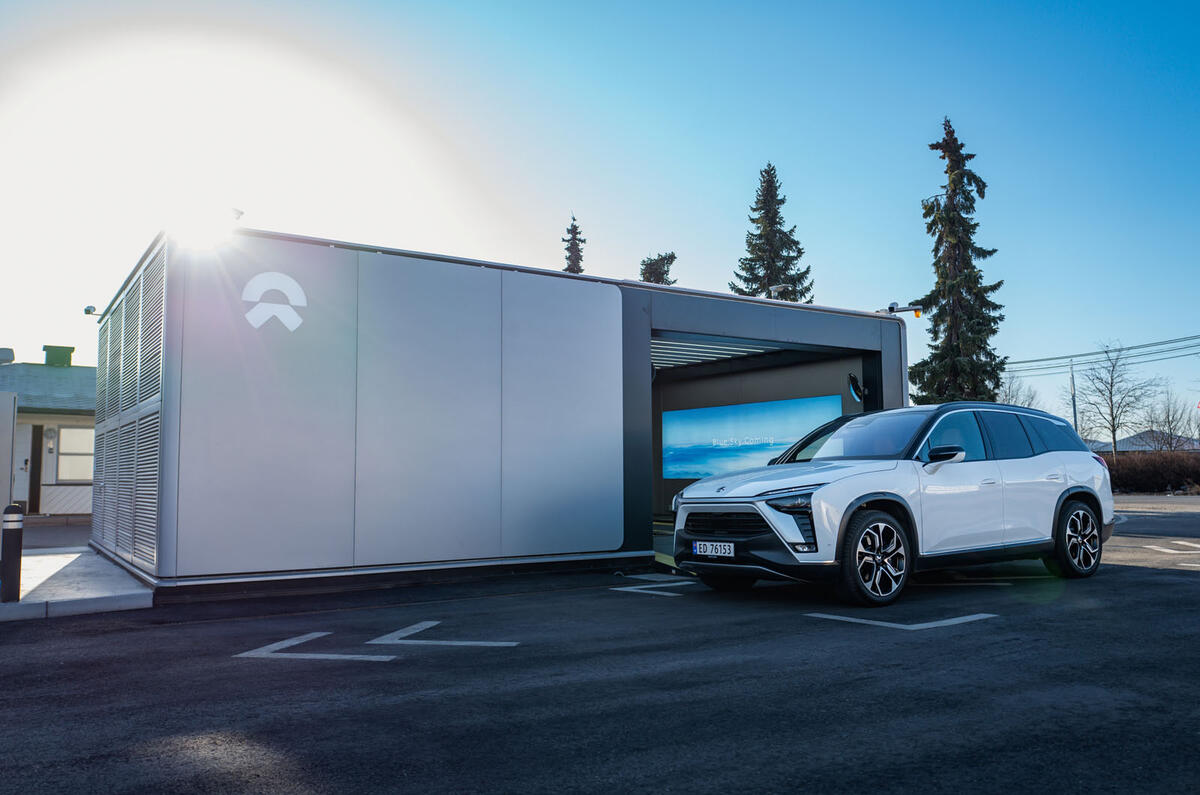How premium can your electric car really be when you leave your vegan-leather interior to charge, only to commiserate with a nearby Renault Zoe driver at your combined failure to connect to the mystery-branded charger in front of you?
Tesla may have decided to open up 16 of its stations on its UK network and more beyond to EVs from other brands, but life behind the velvet rope of its 3971-strong network is still pretty sweet, starting with the ease at which your car connects to the charger.









Add your comment